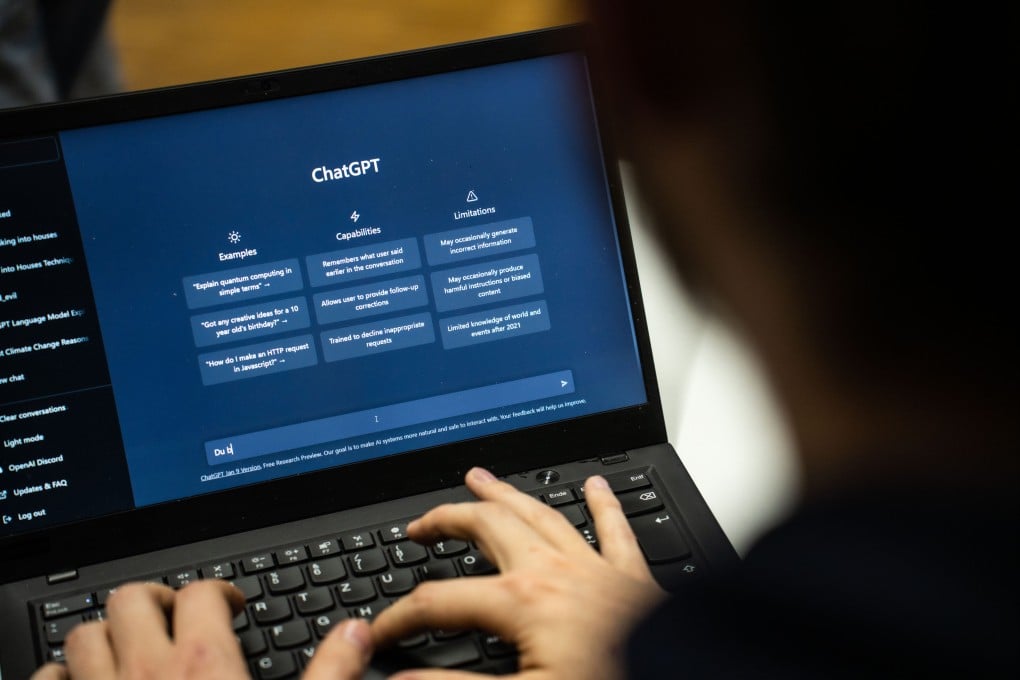Letters | This academic year, universities should not approach AI with fear
Readers discuss higher education institutions’ attitude to artificial intelligence, and the row over the Chinese University emblem

In response to concerns over AI-assisted plagiarism, some university educators have reverted to traditional closed-book exams. This approach does not align with the contemporary workplace landscape, where AI tools such as ChatGPT will soon be integrated into daily operations. Such exams do not mimic the authentic challenges students will encounter in their professional lives, where collaboration with AI to perform tasks will be the norm.
Some university teachers have compared AI-generated essays with those written by humans and featured such comparisons in their courses, intending to expose the limitations of AI in understanding and processing complex human thought. This not only fails to fairly assess AI’s capabilities as the technology is seldom provided with detailed contextual information and examples of expected output, it also deprives students of the opportunity to learn how to effectively collaborate with AI. By placing greater emphasis on creating well-crafted prompts and providing clear task contexts, educators can teach students to see AI as a complementary tool.
Moreover, it has become increasingly common for instructors to run student essays through AI detection tools in an effort to ensure academic integrity. Not only can these detectors be easily circumvented using tools such as BypassAI and StealthWriter, they could also inadvertently penalise non-native speakers, whose writing is more likely to be considered AI-generated.
In adapting to a world where AI is increasingly widespread, it is essential for university teachers and students to embrace the technology as a collaborative tool within academic settings. More training on AI literacy is required for teachers to better prepare students for a future where AI is likely to be integrated into professional and personal spheres.
Dr Simon Wang, lecturer in English, Hong Kong Baptist University
